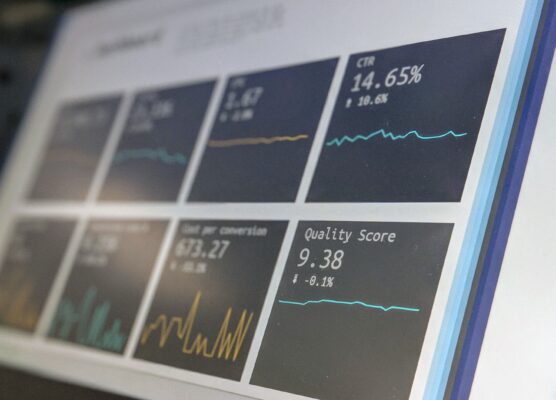Financial analysis is the absolute bedrock of sound decision-making and this is something we know all too well at Precision MC. When we perform financial analysis for our clients it involves examining their financial data, statements and other pertinent information to assess their performance, shortcomings, and development potential. This enables us to give businesses critical information to support their decision-making. Today, we’ll examine the fundamental elements of financial analysis and reveal the basic procedures needed to acquire this skill and how this can inform your decision-making.

Understanding Financial Analysis
The planning and management processes of your business must include financial analysis. You can better understand your current financial situation, identify areas for development and implement long-term success strategies by analysing your financial data. The three basic financial statements that form the basis for analysis are as follows:
- Income Statement: Also known as the Profit and Loss (P&L) statement, it provides a comprehensive summary of your business’s revenues, expenses, and profits over a specific period. This statement offers insights into your business’s operational performance and profitability.
- Balance Sheet: The balance sheet presents a snapshot of a company’s assets, liabilities, and shareholders’ equity at a specific point in time. It showcases the financial position of your company and provides valuable information about its solvency and liquidity.
- Cash Flow Statement: This statement tracks the inflows and outflows of cash during a particular period. It is crucial in understanding your company’s ability to manage its cash and meet its short-term obligations.
Key Steps in Financial Analysis
- Data Gathering: The gathering of pertinent financial statements and other financial information for the analysis period is the first step in the financial analysis process. Internal financial records, business reports, and external sources like regulatory filings are all good places to find this information.
- Normalisation and adjustments: Due to your accounting procedures or extraordinary events, your financial data may occasionally contain discrepancies or abnormalities. By correcting the financial accounts to remove any distortions, normalisation makes the data more comparable and reliable.
- Ratio analysis: Ratios are effective tools in financial analysis that can be used to get a more in-depth understanding of your business’s performance. The liquidity, solvency, profitability, and efficiency ratios are subcategories of these ratios. For instance, liquidity ratios gauge your business’s capacity to fulfil its immediate obligations. In contrast, profitability ratios assess the efficiency with which your business makes a profit.
- Comparative Analysis: In order to draw findings that are useful, the financial analysis compares your business’s current financial performance to its past data and sets benchmarks against its competitors or other companies in the same industry. This comparison reveals patterns, areas of strength, and shortcomings.
- Financial forecasting: At Precision MC we often conduct financial forecasting using past data and trends. Making educated assumptions about a company’s potential financial performance as part of this process supports strategic planning and decision-making.
Key Tools in Financial Analysis
At Precision MC we use the following to undertake financial analysis for our clients to inform their decision-making:
- Microsoft Excel: Excel is a flexible and popular tool used for financial analysis. Its spreadsheet capabilities make it easy to organise data, calculate financial ratios, and create charts and graphs for a better understanding of the outcomes.
- Financial Analysis Software: A variety of financial analysis software options are available, each with cutting-edge functionality for reporting, data analysis, and visualisation. These technologies frequently deliver advanced insights while streamlining the financial analysis process.
Interpreting Financial Analysis Findings
Intelligent decision-making requires being able to interpret the findings of financial analysis. Consider the following important factors:
- Financial analysis reveals your company’s financial strengths and weaknesses, allowing management to build on its strengths and rectify its problems.
- Analysing liquidity and solvency ratios can be used to evaluate the financial stability of your firm by determining its capacity to pay both short-term and long-term debt.
- Profitability ratios offer information about your company’s capacity to turn a profit from its operations and distribute shareholder returns.
- Forecasting Future Performance: By foreseeing various future situations, financial analysis and forecasting make strategic planning and decision-making easier.
Concluding Thoughts
In conclusion, as a business owner, you should have the ability to grasp the art of financial analysis. You will improve your decision-making that will promote success and sustainable growth by understanding the main components, undertaking in-depth analysis, and interpreting the findings. Your business will be better equipped to negotiate the intricacies of the business environment and take advantage of opportunities that result in long-term profitability when financial analysis is combined with strategic planning. The art of financial analysis will always be an important tool for making wise decisions as the financial world develops. Get in touch with the team if you want support on financial analysis!
